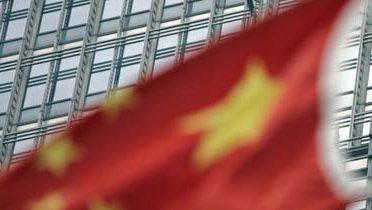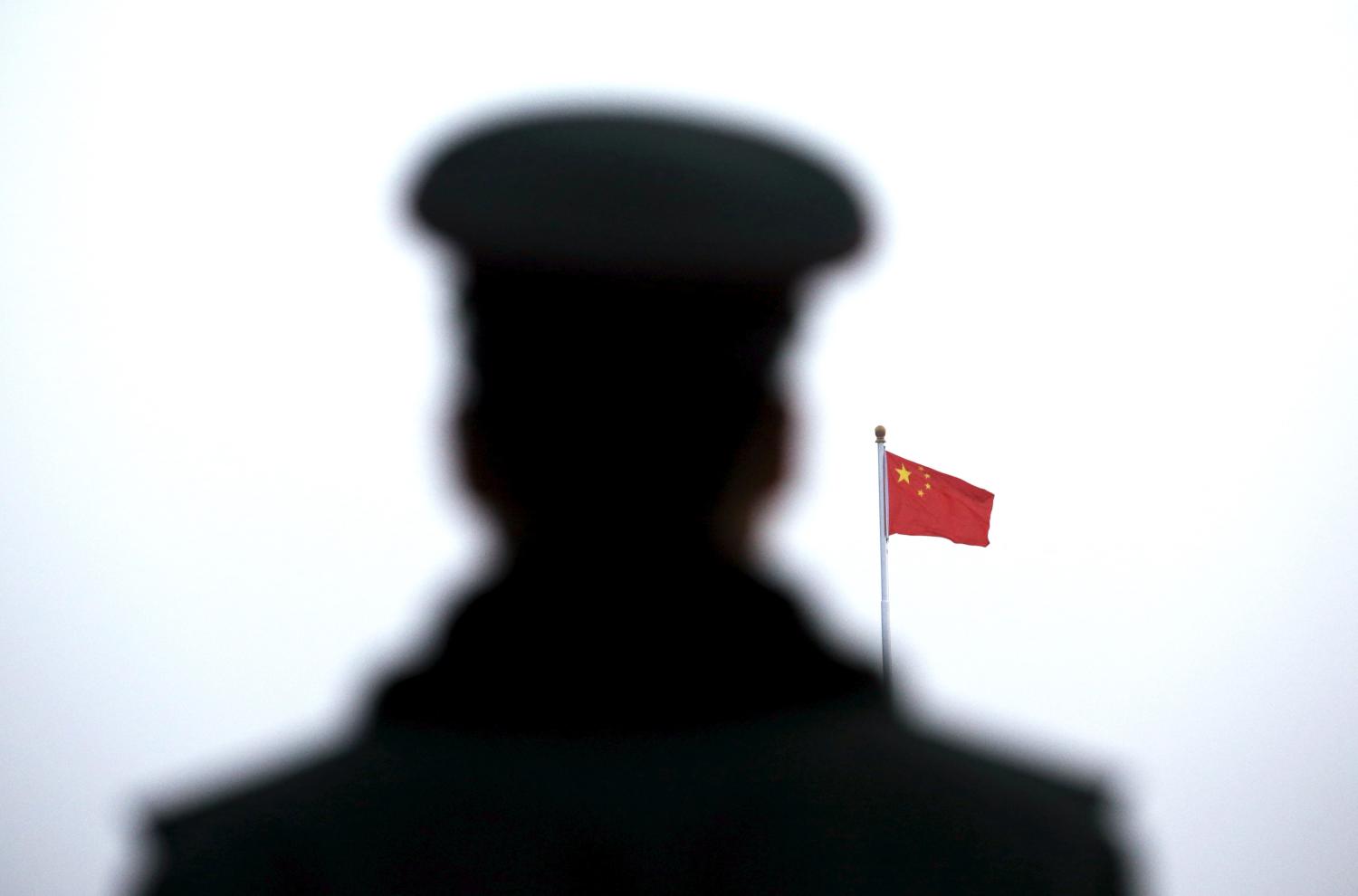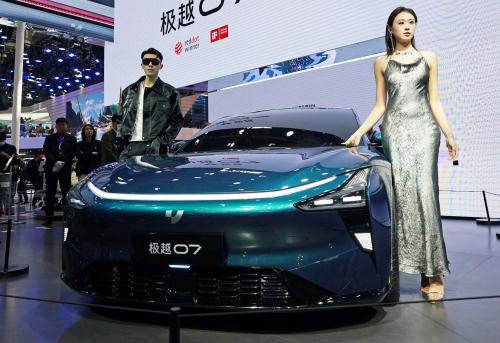INTRODUCTION
In 2009 and 2010, China Development Bank (CDB) extended lines of credit totaling almost $65 billion to energy companies and government entities in Brazil, Ecuador, Russia, Turkmenistan and Venezuela. The loans are secured by revenue earned from the sale of oil at market prices to Chinese national oil companies (NOCs), except in the case of Turkmenistan, which is delivering natural gas at undisclosed prices. These energy-backed loans (EBLs) are distinguished by their large size (up to $20.6 billion), long terms (up to twenty years), the relatively short period of time in which they occurred (over a period of less than two years), and their availability at a time when many companies were cancelling or postponing major investments in oil and natural gas development because of cash flow problems and virtually no other financial institutions were willing to lend such large amounts of capital for such long terms[1].
CDB’s EBLs demonstrate the increasingly central role the bank is playing in China’s “going out” strategy, the international expansion of Chinese firms to secure energy and natural resources, build national champions and acquire advanced technologies. Since the mid-2000s, CDB has participated in some of China’s most high-profile cross-border deals, including financing the acquisition of a 9 percent stake in the Anglo-Australian mining giant Rio Tinto by the Aluminum Corporation of China (Chinalco), bankrolling the global expansion of China’s telecommunications firms Huawei Technologies and ZTE Corporation, funding the natural gas pipeline that runs from Turkmenistan to China, and managing the China-Africa Development Fund. CDB also purchased a 3.1 percent stake in Barclays when the British bank was attempting to acquire the Dutch bank ABN Amro in what would have been the largest bank merger in history had it succeeded.
CDB’s EBLs raise the same question that many outside observers ask about the international mergers and acquisitions of China’s state-owned energy and mining companies: to what extent are these deals driven by the strategic interests of the Chinese government versus the commercial interests of Chinese firms? On the one hand, CDB is a wholly state-owned bank with a mandate to advance China’s national interests as the State Council understands those interests at any given time. Currently, those interests include supporting the “going out” strategy and improving China’s access to energy. Moreover, the bank’s chairman and leader for more than a decade, Chen Yuan, serves at the pleasure of the Chinese Communist Party and is the son of Chen Yun, one of the founding fathers of the People’s Republic of China. On the other hand, Chen is an ambitious and entrepreneurial financier who operates with a considerable degree of autonomy. He has transformed CDB from a bank created for the explicit purpose of undertaking policy-driven lending into one of the most dynamic and successful Chinese financial institutions. In addition, Chen has a proven track record of advancing CDB’s own interests in tandem with those of the Chinese government.
The purpose of this study is to contribute to the debate over the extent to which China’s cross-border deals are the product of coordination between Chinese firms and the Chinese government by examining China Development Bank and its EBLs. CDB is a link between the strategic ambitions of the Chinese government and the commercial interests of Chinese firms because the financing it provides to support cross-border deals connects state policy to commercial activity[2]. The bank does this by providing funds to both Chinese companies and entities in energy and resource-rich states. Many outside observers explicitly or implicitly assume that CDB’s deals, including the EBLs, are the work of China, Inc.: China’s government, state-owned banks and NOCs operating as a coherent entity in a global pursuit of energy.
The main finding of this study is that CDB’s EBLs are the result of coordination between government and business but the motive frequently attributed to these transactions—to secure oil and natural gas supplies for Chinese consumers—is just one of the multiple corporate and national interests that drove these deals. CDB, the State Council and China’s NOCs worked closely together to structure and execute these transactions. However, this coordination between the Chinese government and Chinese firms must be understood in the context of two important caveats:
First, each of the state-owned firms involved had its own interests, including profitability, to pursue. This conclusion is especially true for CDB, which has a proven track record of advancing its own objectives, including its long-standing commitment to profitability, in tandem with those of the government. The EBLs did not simply further the State Council’s objectives of enhancing access to energy, supporting the international expansion of Chinese firms and diversifying China’s foreign exchange reserves. They also promoted CDB’s own agenda of increasing profits, expanding its overseas business portfolio, and protecting its privileged position in China’s banking system. In addition, the loans also dovetailed with the NOCs’ strategic priority of expanding their international exploration and production portfolios.
Second, coordination is not synonymous with top-down decision-making. The loans to energy companies in Brazil and Russia demonstrate that cross-border deals that advance both national and commercial interests can originate with any of these actors. Whereas CDB developed the deal with Brazil, the State Council and China National Petroleum Corporation (CNPC) drove the transaction with Russia.
This examination of CDB’s EBLs also demonstrates that crossborder energy deals shaped in part by the strategic priorities of the Chinese government have both positive and negative implications for American interests abroad. Over the past decade, numerous analyses of the implications of China’s growing global energy footprint for the United States have focused on how projects that are motivated—or perceived to be motivated—by the strategic priorities of the Chinese government are undermining America’s influence and interests abroad, including in the Former Soviet Union and Latin America. CDB’s loans have appeared in some of these narratives.
In contrast, this study finds that CDB’s EBLs align with some American interests and run counter to others. Evidence indicates the Chinese did not execute these deals to help or harm the United States. Nevertheless, CDB’s loans have both positive and negative implications for the United States. On the one hand, the loan to Turkmenistan aligns with some US interests in Central Asia, including bringing incremental energy supplies to the world market and supporting the independence of states in the region by providing them with multiple energy export options. In addition, these deals are not removing oil from the world market and reducing the amount of oil to other consumers. Moreover, the bank’s loans to Venezuela, its largest foreign borrower, indicate that CDB, like more established bilateral and multilateral donors, is increasingly concerned about good economic policymaking in recipient nations even if it does not attach the same conditionality to it loans. On the other hand, CDB’s loans to Venezuela and Ecuador are empowering anti-American regimes, and CDB’s lines of credit may give China’s NOCs a competitive advantage over other oil companies, including those domiciled in the United States.
This study is divided into four parts. The first section examines CDB’s transformation into one of China’s most commercial and international institutions under the leadership of Chen Yuan. It details his success in furthering his own ambitions, which first and foremost included making CDB into one of the healthiest banks in China, while serving the interests of the Chinese leadership. The second section analyzes CDB’s EBLs, including their structure and implementation. The third section discusses what the EBLs tell us about the link between national policy and commercial activity in China’s cross-border energy deals. It discusses the multiple national and corporate interests behind the deals and the role different actors played in driving different deals. The fourth section examines positive and negative implications of CDB’s EBLs for the United States.
International Energy Agency, World Energy Outlook 2009 (Paris: OECD/IEA, 2009), pp. 135-148.
I thank Arthur Kroeber for this point.
The Brookings Institution is committed to quality, independence, and impact.
We are supported by a diverse array of funders. In line with our values and policies, each Brookings publication represents the sole views of its author(s).





